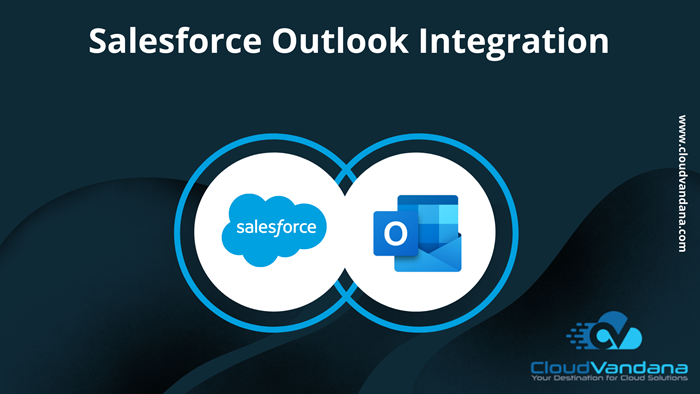Salesforce and Outlook are the most powerful tools that help make us more successful and efficient. Salesforce makes it easy to manage the contact information that salespersons can retrieve and make better business decisions.
Microsoft Outlook helps the team members to communicate internally by sending and receiving emails. In addition, it acts as a personal information manager from Microsoft. It provides many functionalities to manage personal data like calendar appointments and similar entries, tasks, contacts, notes, and events.
Why Is Redundancy a problem?
Data Redundancy occurs when the same information is stored in two different places. For example, Salesforce and Outlook have some similar functionalities. When both are used individually, then there can be a chance of data redundancy. For example, both can store, retrieve contact information. If Outlook and Salesforce store the same information, data redundancy occurs. The more redundancy, the greater difficulty in data maintenance. The companies with lots of data will get more severe issues like inconsistent data due to redundancy.
Here comes the use of Data Integration. Data Integration combines data from different sources and provides a consolidated view of the combined data. This combined data can be used to query, manipulate, and derive analytics and statistics. The benefit of integrating Salesforce and Outlook is the elimination of redundancy in data. An added advantage is that data entry errors can also be minimized.
When Outlook is integrated with Salesforce, the Sales reps can see relevant Salesforce data from Outlook. They can include emails relevant to sales so that the Salesforce team is also aware of the happenings. This will help in boosting Salesforce adoption among the Sales Team.
Since the features of Salesforce can be accessed from Outlook, the sales reps need not leave the Outlook page to search for any Salesforce records. Even to create Salesforce records like leads, opportunities, accounts, and contacts, sales reps can do this within the Outlook page.
Let’s discuss some best features and benefits of Salesforce Outlook integration.
Reduce Redundancy: As discussed earlier, Outlook and Salesforce have many standard features. This can be a reason for data redundancy. When you integrate SAlesforce and Outlook we eliminate the chance of data redundancy.
Improve Customer Service: After integration, the features of Salesforce can be accessed from Outlook without leaving the page. This will help save the sales reps time in entering data and switching between two applications. The sales team will find it easy to understand the communication history and understand that the customer. The sales team can deliver a good customer experience when dealing with long-time customers. Excellent customer service is essential to retain valuable customers.
Improved Data Integrity: When Outlook is integrated with Salesforce, the integrity of data is also improved. When data is created or stored manually in two different places, there are chances of any error. This will reduce the data integrity. If integration is done only once the data is stored, it is automatically added in other applications, which reduces the errors. This makes it easy to rely on the data and make data-driven decisions.
The Salesforce integration with Outlook is a suite of products that give sales reps the power to work from their email applications while keeping Salesforce data up to date. The integration provides Salesforce data directly within Outlook and logs, emails, and events to Salesforce records.
Are you looking for a seamless integration process for your organizational enhancements? Please feel free to take a consultation call with CloudVandana to get started.










